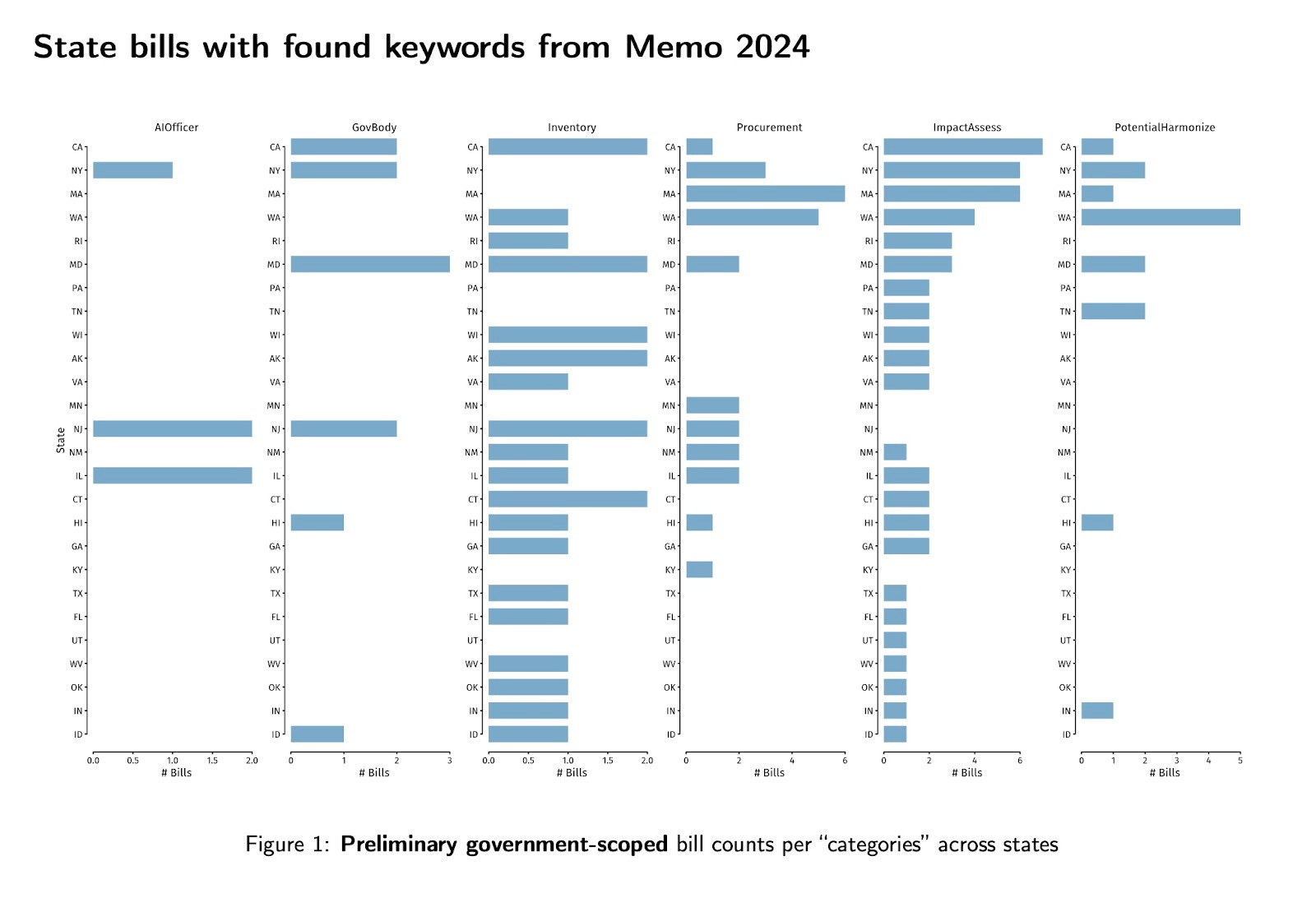Seeking Harmony in AI Governance
On Thursday, March 28, 2024, the White House Office of Management and Budget released a memo for heads of federal agencies outlining additional guidance for the use of artificial intelligence (AI), supplementing Executive Order 14110 on the Safe, Secure and Trustworthy Development and Use of Artificial Intelligence from October of last year. The guidance is noteworthy as it signifies the first binding rules for the federal government’s use of AI, reinforcing a commitment to AI governance that protects the rights and safety of the public, including further details on AI risk management, safeguards in AI procurement, and public inventories of AI code and data. While details still remain to be ironed out regarding how agencies will implement the guidance, Vice-President Kamala Harris applauded the memo in her remarks, stating that the Biden administration hopes to leverage these domestic policies internationally to serve as a model for global action.
However the memo can and should serve as a model for more local action as well at the state level. While federal action continues to match the pace of the ambitious agenda set out in the Executive Order, states are also taking steps towards regulating AI with around 610 bills proposed from 2023 to 2024 that pertain to AI or automated decision systems in some way, with 114 bills related to state government use of AI.1 Many policy areas require coordination between the state and federal levels, including law enforcement, education, and insurance, which carries over with respect to AI policy as many of these areas are considered safety-impacting or rights-impacting per the memo. The memo can therefore serve as an initial harmonizing tool between federal and state policymakers.
We took a look at whether we can map language from the OMB memo to state legislative proposals to see if there are any gaps that states can start prioritizing in their work. Our work was powered by the system developed at Plural, a public policy software company. Here’s what we found:
We ran 114 state AI bills whose scope is focused on state government AI use, as identified with ChatGPT, mostly through keyword searches to identify whether any of the terms above were included in the draft legislation (Figure 1, totaling of 76 bills with relevant keyword categories, see also supplemental PDF for method and resulting keywords). For terms like “harmonization” or “governance bodies” we also ran them through ChatGPT and provided additional context to ensure that the query was relevant for our purposes:
Harmonization: cooperation between different jurisdictions in this case state and federal to make laws identical or at least more similar
Governance bodies: an AI governance body is a group of people within an entity or organization that has the authority to manage and oversee the use of AI by that entity or organization
This was a quick and dirty search and by no means fully reflective of the current state of AI legislation. Bill count as a measure of how important a concept is to draft legislation can be a faulty indicator— a state may have a low bill count for ‘inventory’ for example because there might already be political consensus around the one drafted bill that it should be passed. However, the states where there is a complete lack of hits for keywords are more illuminating. For example, while states appear to be in alignment regarding documentation for AI use cases such as through inventories or impact assessments, they notably lack attention for institutional or structural changes for the sake of AI governance in terms of AI officers or governance bodies. The use of AI in procurement also seems to be a gap that states may wish to fill, especially as it is a prominent feature of the OMB.
Finally, we looked at whether states are mentioning harmonization at all in their draft bills. It is worth noting that harmonization can occur less explicitly, whether it be through states copying legislative language from others or through extraterritorial effects of regulation. Nevertheless, we assessed whether there were explicit mentions of harmonization-related terms and interestingly found Washington leading the charge. Later this year, we at CNTR plan on putting out a report on the state of AI legislation with deeper analysis into the textual relationship shared among different bills to identify emerging trends across the policy landscape to further shed light on indications of harmonization. By better understanding federal and state harmonization, we’ll be able to identify gaps across the country and be in a better position to consistently defend the rights of Americans that are impacted by this technology every day.
Supplemental resources:
Suggested by ChatGPT, see supplemental PDF for method.





